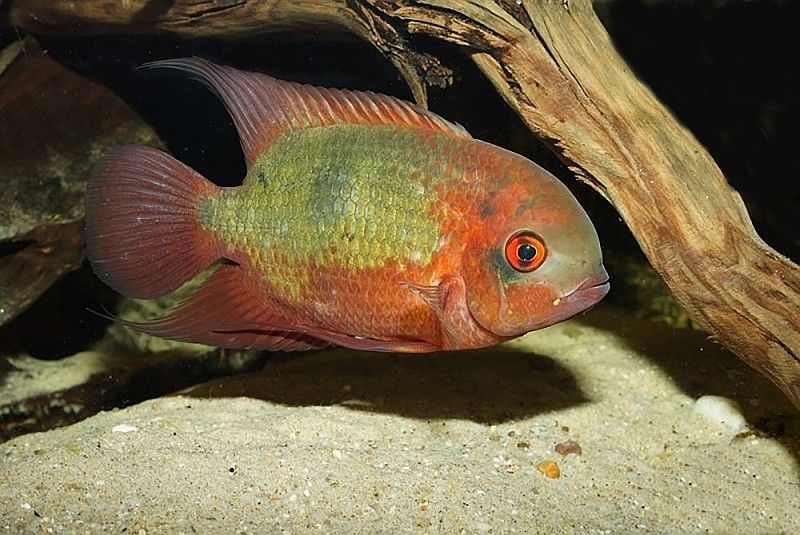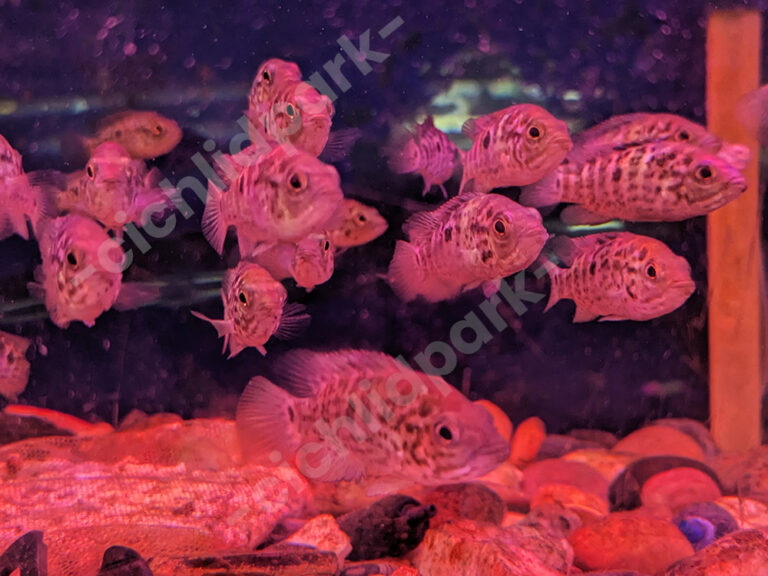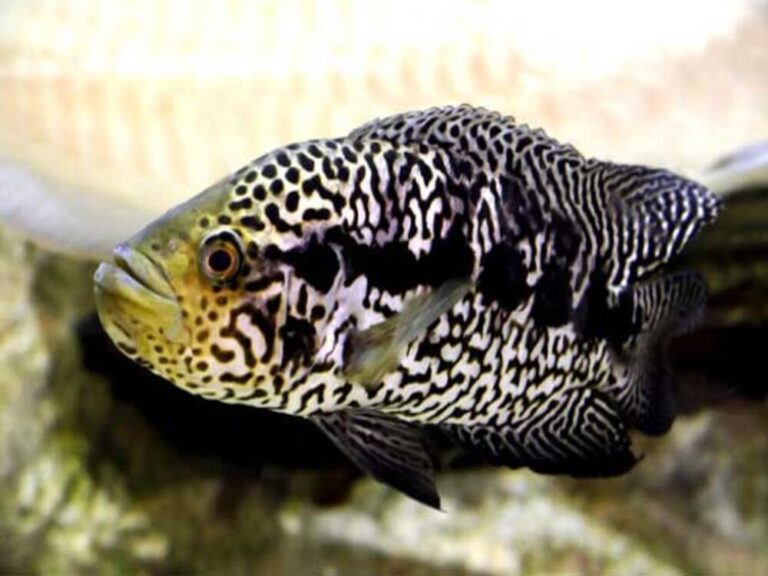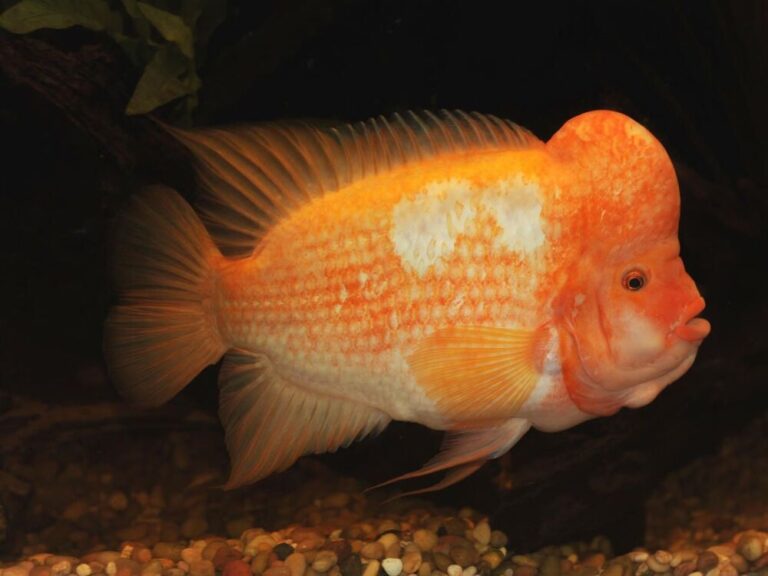The Chocolate Cichlid (Hypselecara temporalis), popularly known as the “Chocolate Cichlid” because of its rich brown hue, is an intriguing and popular species in freshwater aquariums. Aquarists like it because of its intriguing beauty and peculiar mannerisms. Breeding this cichlid species allows you to observe the miracles of life unfold within your tank. In this post, we will delve into the art and science of breeding Chocolate Cichlids. We will unravel the complexities of this intriguing trip, from studying their natural environment and behaviors to providing optimal breeding conditions, handling courtship rituals, caring for eggs and fry, and assuring ethical breeding techniques.
The Mystery of the Chocolate Cichlid
Before beginning the breeding process, it is critical to learn about the Chocolate Cichlid’s natural environment and traits. This species is native to South America, namely the Amazon basin, where it lives in slow-moving waterways surrounded by thick vegetation.
Understanding the Behavior of Chocolate Cichlids
Understanding the behavioral characteristics of the Chocolate Cichlid is critical to breeding success. Understanding their behavior, from territorial tendencies to courtship rituals, lays the framework for effective breeding control.
Selecting Compatible Pairs
Finding compatible partners is an important stage in Chocolate Cichlid breeding. When selecting a breeding partner, consider criteria like size, temperament, and health. Compatibility improves the breeding experience and results in healthier offspring.
Making the Ideal Breeding Environment

Creating a favorable habitat is critical to successful breeding. A large tank with proper hiding locations, clean water parameters, and appropriate décor simulates their natural habitat and stimulates reproductive activities.
Spawning Rituals and the Courtship Dance
As Chocolate Cichlids mature sexually, they exhibit courtship activities such as fin displays, color changes, and complicated motions. Recognizing these indications assists in selecting the best moment to spawn.
From Egg Laying to Fertilization
After a successful courtship, the female Chocolate Cichlid will deposit eggs on any suitable surface. The male quickly follows to fertilize the eggs. Both parents actively participate in the protection and care of the eggs.
Parental Care that is Nurturing
Chocolate Cichlids demonstrate devoted parental care. Parents protect the eggs by fanning them to guarantee oxygenation and removing debris. Understanding and supporting their instincts as parents is critical for a healthy breeding experience.
The Hatchling Miracle: From Eggs to Fry
As the eggs hatch, tiny and vulnerable fry emerge. Providing hiding places, stable water conditions, and nutritious food sources aid in the survival and development of juvenile Chocolate Cichlids.
Providing Fry with the Best Nutrition and Care
It is critical for the fry’s growth to feed them a balanced and nutritious diet. Options include infusoria, tiny brine shrimp, and finely crushed flakes. Maintaining consistent water quality is also critical.
Responsible Ownership and Ethical Breeding Practices
Breeding Chocolate Cichlids entails ethical considerations. Creating a plan for the care and positioning of the fry protects their well-being and prevents overcrowding. Positive contributions to the aquarium community are encouraged by responsible ownership.
Celebrating Breeding’s Triumphs and Lessons
Breeding Chocolate Cichlids is a voyage full of trials and rewards. Seeing the entire process, from courtship to fry development, increases one’s awareness of these amazing organisms and the complexities of nature.
Conservation and Knowledge Contributions
Aquarists help to species conservation through ethical breeding. Captive breeding relieves constraints on wild populations while also improving our understanding of these species and their natural behavior.
Accepting the Magic of Chocolate Cichlid Breeding
Breeding Chocolate Cichlids is a life-changing event that unites aquarists with the natural world. Understanding behavior, creating optimal settings, and fostering ethical practices are all aspects that deepen our relationship with these aquatic marvels. As keepers of conservation and knowledge, we bridge the gap between aquatic habitats and aquariums, ensuring the Chocolate Cichlid’s legacy is preserved for future generations.







